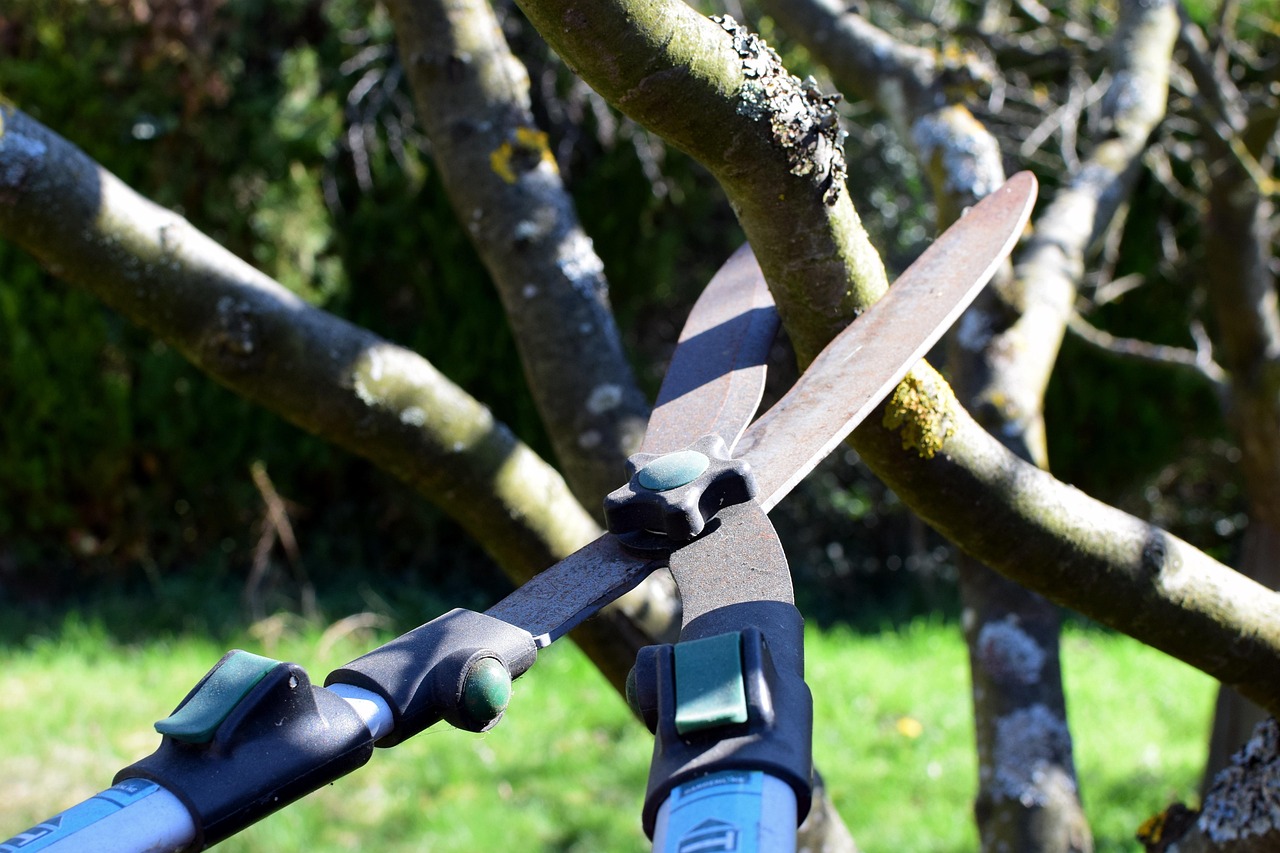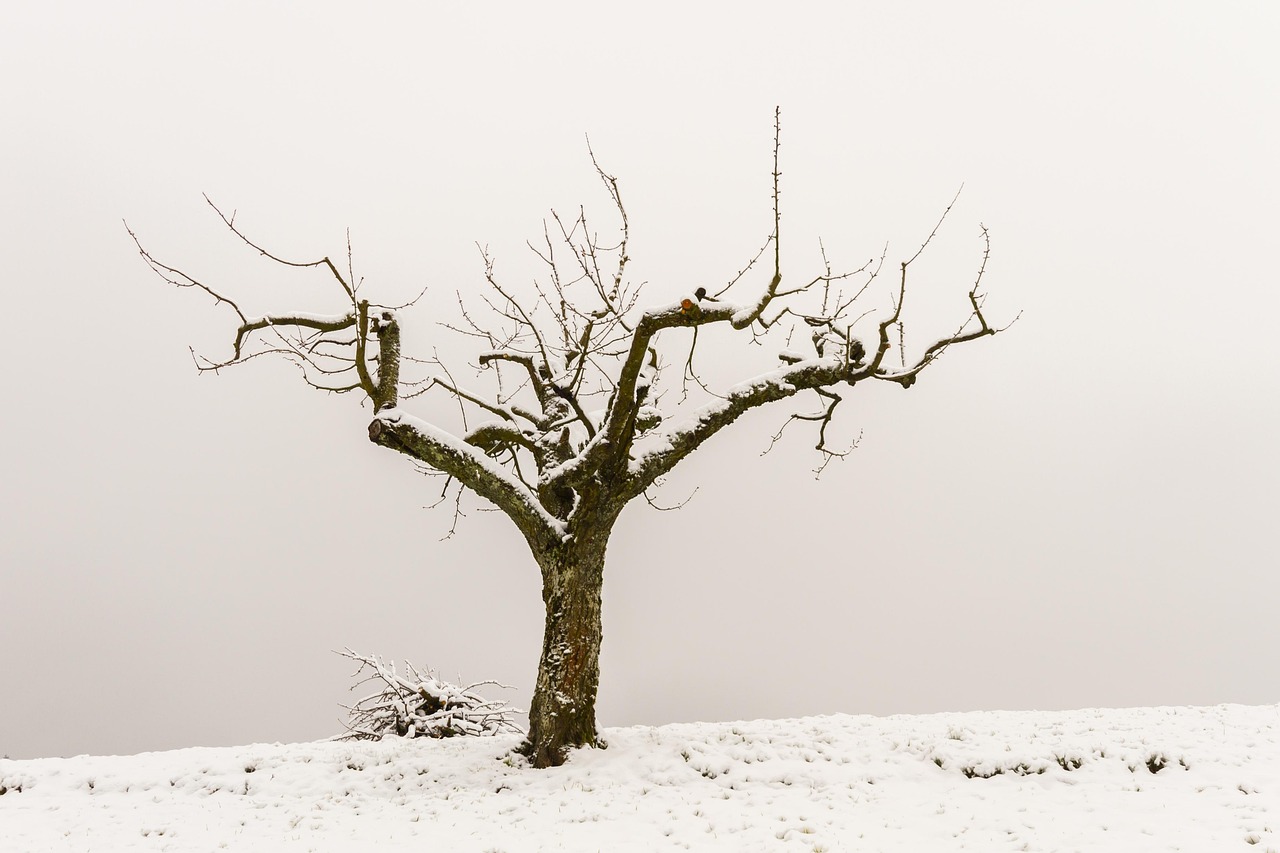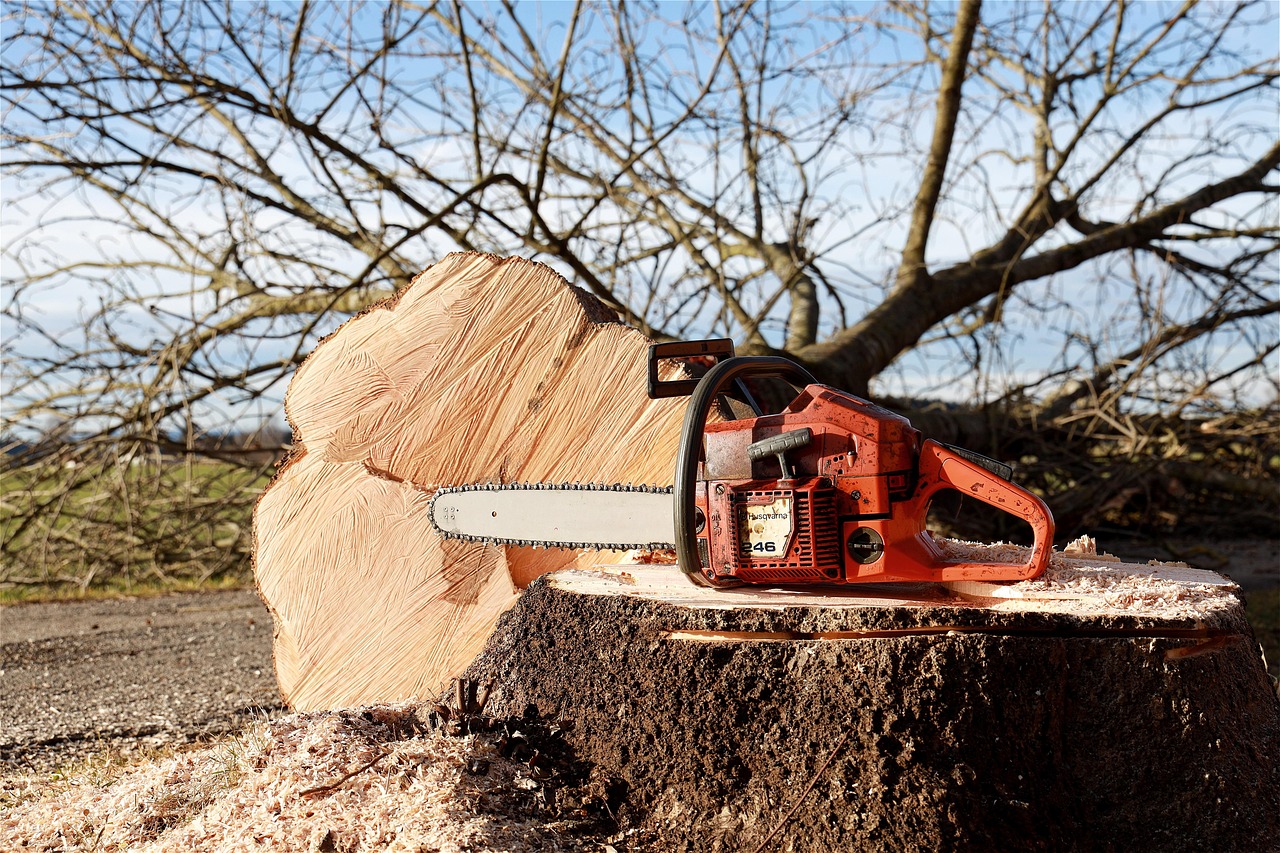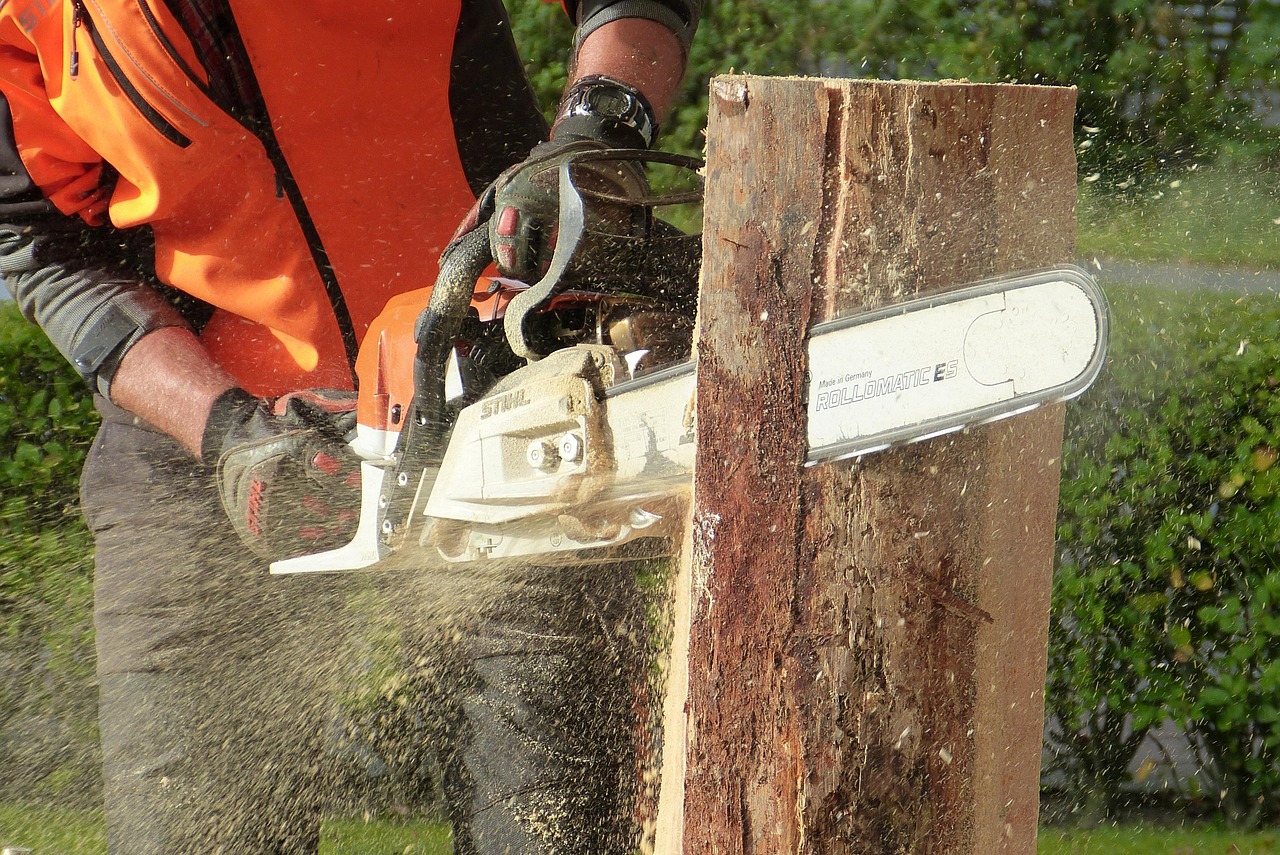Chaste tree pruning best practices involve timing your cuts in late winter or early spring, removing dead or damaged wood, and shaping the plant to promote airflow and light penetration. Regular maintenance encourages healthier growth and vibrant blooms.
The chaste tree, scientifically known as Vitex agnus-castus, is a stunning flowering shrub that adds beauty to gardens and landscapes. Native to the Mediterranean region, it thrives in warm climates and produces lovely lavender flowers. This deciduous plant can grow up to 20 feet tall and wide if left unpruned. Proper pruning is essential for maintaining its shape, promoting healthy growth, and enhancing flowering. By following best practices for chaste tree pruning, gardeners can ensure that their plants remain vigorous and aesthetically pleasing.

Understanding when and how to prune chaste trees is vital. Pruning at the right time helps avoid damage to the plant while encouraging new growth. Late winter or early spring is typically the best period for pruning, just before the new growth begins. This timing allows gardeners to assess any winter damage and make necessary cuts without hindering the plant’s blooming cycle.
Benefits of Pruning Chaste Trees
Pruning offers numerous advantages for chaste trees, including:
- Improved Air Circulation: Pruning helps remove crowded branches, allowing air to circulate more freely. This reduces the risk of fungal diseases.
- Enhanced Light Penetration: By thinning out dense areas, light can reach more parts of the plant, promoting even growth.
- Better Flower Production: Regular pruning stimulates new growth, which can lead to more abundant blooms during the flowering season.
- Shape Maintenance: Pruning helps shape the chaste tree, keeping it looking tidy and well-formed.
Each of these benefits contributes to the overall health and appearance of the chaste tree, making regular pruning an essential part of plant care.

Tools Required for Pruning
To prune a chaste tree effectively, certain tools are necessary. Having the right equipment ensures clean cuts and reduces the risk of damaging the plant. The following tools are recommended:
- Hand Pruners: Ideal for small branches and delicate cuts.
- Loppers: Useful for thicker branches that are too large for hand pruners.
- Pruning Saw: Necessary for larger branches or when removing significant limbs.
- Gloves: Protect hands from thorns and sharp edges.
- Sterilizing Solution: To clean tools between cuts, preventing disease spread.
Having these tools ready before starting will make the pruning process smoother and more efficient.
Pruning Techniques
There are several techniques to consider when pruning a chaste tree. Understanding these methods will help achieve the best results:

- Deadwood Removal: Start by removing any dead or damaged branches. This encourages new growth and prevents disease.
- Thinning: Thin out crowded areas by cutting back some branches to their base. This allows light to reach more parts of the tree.
- Shaping: Shape the tree by trimming it to maintain a balanced form. Aim for an open center to promote better air circulation.
- Crown Reduction: If the tree has grown too tall, reduce its height by cutting back the upper branches selectively.
These techniques not only promote healthier growth but also enhance the aesthetic appeal of the chaste tree.
Common Mistakes to Avoid
When pruning chaste trees, there are common mistakes that gardeners should be aware of:
- Pruning at the Wrong Time: Avoid pruning in late fall or early winter, as this can hinder blooming in spring.
- Over-Pruning: Removing too much foliage can stress the plant and reduce flowering potential.
- Poor Cuts: Making jagged cuts can lead to injury; always use sharp tools for clean cuts.
Avoiding these mistakes will lead to healthier plants and more vibrant blooms year after year.

Timing Your Pruning
The timing of pruning is crucial to the health of a chaste tree. While late winter or early spring is ideal, it’s essential to observe local climate conditions. In warmer regions, pruning might need to occur earlier in spring, while in colder areas, it may be wise to wait until after the last frost. Always consider the specific needs of your local environment when planning your pruning schedule.
| Region | Ideal Pruning Time |
|---|---|
| Warm Climates | Late Winter |
| Mild Climates | Earl Spring |
| Cold Climates | After Last Frost |
This table provides a quick overview of ideal pruning times based on different climatic conditions. Understanding and adapting your pruning schedule will lead to healthier chaste trees and more beautiful blooms.
Post-Pruning Care for Chaste Trees
After pruning chaste trees, it is crucial to provide appropriate care to support their recovery and promote healthy growth. Proper post-pruning care ensures that the plant can thrive and develop strong branches for the upcoming blooming season. Here are key aspects to consider:
Watering
Watering plays a vital role in the health of chaste trees after pruning. Adequate moisture helps the plant recover from the stress of cutting. Follow these guidelines for effective watering:
- Initial Watering: Water the tree right after pruning to help reduce shock and promote recovery.
- Consistent Moisture: Keep the soil consistently moist but not soggy for the first few weeks after pruning.
- Drainage: Ensure proper drainage to prevent root rot. Avoid letting the tree sit in waterlogged soil.
Fertilization
Fertilizing chaste trees after pruning can provide essential nutrients for new growth. Here are some tips for fertilization:
- Timing: Fertilize in early spring, just as new growth begins. This encourages robust foliage and flower production.
- Type of Fertilizer: Use a balanced, slow-release fertilizer that provides equal parts nitrogen, phosphorus, and potassium.
- Application: Follow the manufacturer’s instructions for application rates to avoid over-fertilization, which can harm the plant.
Pest and Disease Management
Pruning can sometimes make plants more susceptible to pests and diseases. Therefore, monitoring your chaste tree for any signs of trouble is essential. Here are some common pests and diseases to be aware of:
Common Pests
- Aphids: These small insects suck sap from the leaves, leading to curling and yellowing. Regularly inspect new growth and treat infestations promptly with insecticidal soap.
- Spider Mites: Often found in dry conditions, spider mites can cause leaf discoloration. Increase humidity around the tree and use miticides if necessary.
- Whiteflies: These pests can weaken the tree by feeding on its sap. Control them by introducing beneficial insects or using sticky traps.
Common Diseases
- Powdery Mildew: This fungal disease appears as a white powder on leaves. Improve air circulation through pruning and avoid overhead watering to reduce humidity around the plant.
- Root Rot: Caused by overwatering or poorly drained soil, root rot can be fatal. Ensure proper drainage and avoid excessive watering.
Regularly inspecting your chaste tree for pests and diseases will help maintain its health and beauty. Early intervention is key to effective management.
Seasonal Considerations
The changing seasons influence how you care for your chaste tree throughout the year. Understanding these seasonal variations can help you make informed decisions regarding pruning and maintenance.
Spring Care
Spring is a critical time for chaste trees, as they begin to grow actively. Key considerations include:
- Monitoring New Growth: Watch for signs of new shoots and leaves. This is a good indicator that your pruning was successful.
- Pest Control: Begin regular inspections for pests as the weather warms up.
- Fertilization: As mentioned earlier, apply fertilizer to support vigorous growth.
Summer Care
During summer, chaste trees are in full bloom, and special attention is needed:
- Irrigation: Water regularly during hot spells to prevent stress on the plant.
- Deadheading Flowers: Remove spent blooms to encourage additional flowering and maintain a tidy appearance.
Fall Care
As fall approaches, prepare your chaste tree for winter:
- Final Watering: Water deeply before the first frost to help establish roots before winter.
- Avoid Late Pruning: Hold off on any significant pruning until late winter or early spring.
Winter Care
In winter, chaste trees go dormant, requiring minimal care:
- Protection from Extremes: In colder climates, consider mulching around the base to protect roots from freezing.
- Tool Maintenance: Use this time to clean and sharpen your pruning tools in preparation for spring.
Caring for your chaste tree according to seasonal changes helps ensure its health and longevity, setting the stage for beautiful blooms in the spring. By understanding these seasonal requirements and implementing effective maintenance practices, gardeners can enjoy vibrant chaste trees year after year.
Common Chaste Tree Varieties and Their Pruning Needs
Chaste trees are available in several varieties, each with unique characteristics and specific pruning needs. Understanding these differences can help gardeners tailor their care practices effectively. Below are some of the most common chaste tree varieties and their specific pruning requirements:
1. Vitex agnus-castus (Chaste Tree)
This is the most widely recognized variety of chaste tree. It typically grows between 10 to 20 feet tall and features aromatic leaves and beautiful purple flowers. Here are its pruning needs:
- Pruning Frequency: Requires annual pruning to maintain shape and promote healthy growth.
- Cutting Back: In late winter or early spring, cut back about one-third of the previous year’s growth to encourage new blooms.
2. Vitex ‘Shoal Creek’
This cultivar is known for its compact growth habit and larger flower spikes. It generally reaches heights of 6 to 10 feet. Its pruning needs include:
- Light Pruning: Requires less heavy pruning compared to the standard chaste tree; shape can be maintained with light trimming.
- Timing: Prune after flowering to encourage continued growth and prevent cutting off future blooms.
3. Vitex ‘Blue Puffball’
This variety is characterized by its round ball-shaped flower clusters, which attract pollinators. Blue Puffball typically grows 4 to 5 feet tall, making it suitable for smaller gardens. Its pruning needs are as follows:
- Minimal Pruning: Requires minimal intervention; occasional deadheading will promote more blooms.
- Annual Maintenance: Lightly trim in late winter to keep the shape neat and remove any dead or damaged wood.
Pruning for Specific Growth Patterns
Understanding the growth pattern of your chaste tree can help you decide how to prune effectively. Chaste trees can exhibit different growth habits based on their environment and care. Here are some common growth patterns and their associated pruning techniques:
Tall and Leggy Growth
If your chaste tree has grown tall and leggy, it may need more aggressive pruning to encourage a fuller appearance:
- Cutting Back Hard: In late winter, cut back the tallest stems by one-half to create a more compact shape.
- Encouraging Lateral Growth: Focus on making cuts above outward-facing buds to promote lateral branching.
Bushy Growth
A bushy chaste tree may require thinning to improve air circulation and reduce disease risk:
- Selective Thinning: Remove some of the crowded branches to allow light and air into the center of the plant.
- Maintain Balance: Ensure that cuts are evenly distributed around the tree for a balanced appearance.
Environmental Factors Affecting Pruning Decisions
The environment in which a chaste tree is planted can significantly influence its growth habits and subsequently its pruning needs. Consider the following factors when planning your pruning:
Soil Type
The soil type can affect root health and overall plant vigor:
- Sandy Soil: Requires more frequent watering, as it drains quickly. Monitor growth closely for signs of stress.
- Clay Soil: Retains moisture better but can lead to root rot if not properly drained. Adjust watering accordingly.
Sunlight Exposure
The amount of sunlight a chaste tree receives will affect its growth pattern:
- Full Sun: Trees in full sun generally grow taller and may require more frequent pruning to control height.
- Partial Shade: Trees receiving less sun may become leggy as they reach for light; adjust pruning to encourage bushier growth.
Troubleshooting Common Pruning Issues
Even with careful planning, issues can arise during the pruning process. Here are some common problems and solutions to keep your chaste tree healthy:
Problem: Over-Pruning
If you realize that too much foliage has been removed, the tree may experience stress:
- Solution: Monitor for signs of stress, such as wilting or yellowing leaves. Ensure consistent watering and avoid further cuts until recovery.
Problem: Improper Cuts
<pJagged or uneven cuts can lead to infection or poor growth:
- Solution: Use sharp tools for clean cuts. If improper cuts have been made, assess the health of the branch and trim back to a healthy bud if necessary.
Problem: Timing Mistakes
Pruning at the wrong time can hinder blooming or damage the plant:
- Solution: Adhere to seasonal guidelines for pruning, ensuring that cuts are made when the plant is dormant or just before the growing season begins.
By being aware of these issues and how to address them, gardeners can maintain healthy chaste trees that flourish through proper care and attention.
Additional Tips for Successful Chaste Tree Care
In addition to pruning practices, there are several other key factors to consider for maintaining the health and beauty of your chaste tree. These factors include selecting the right location, understanding its growth cycle, and being aware of specific environmental needs.
Choosing the Right Location
The placement of your chaste tree can significantly influence its growth and blooming potential. Consider the following when selecting a site:
- Sunlight: Chaste trees thrive in full sun. Ensure that the chosen location receives at least six hours of direct sunlight daily to promote robust growth and flowering.
- Space: Provide ample space for growth. Chaste trees can spread wide, so avoid planting them too close to other shrubs or structures.
- Soil Type: While chaste trees are adaptable, well-drained soil is crucial for preventing root rot. Amend heavy clay soils with organic matter to improve drainage.
Understanding Growth Cycles
Chaste trees typically exhibit a specific growth cycle throughout the seasons. Being aware of these cycles can help you anticipate care needs:
- Spring Awakening: As temperatures rise in spring, new leaves and flowers begin to emerge. This is the best time to perform any necessary pruning and fertilization.
- Summer Blooming: During summer, the tree will be in full bloom. Regularly check for pests and deadhead spent flowers to encourage more blooms.
- Autumn Preparation: In fall, the tree prepares for dormancy. Start reducing watering as temperatures decline and avoid any major pruning.
- Winter Dormancy: In winter, the tree will be dormant. Minimal care is needed during this time, but monitoring for frost damage is important.
Mulching and Watering Practices
Mulching is another essential practice that supports your chaste tree’s health:
- Benefits of Mulching: Apply a layer of organic mulch around the base to retain moisture, suppress weeds, and regulate soil temperature.
- Watering Schedule: During dry spells, ensure consistent watering to keep the soil moist but not soggy, particularly in the growing season.
Final Thoughts
Caring for a chaste tree involves understanding its unique needs and adapting your gardening practices accordingly. By implementing best practices for pruning, monitoring seasonal changes, and providing proper care, gardeners can cultivate healthy chaste trees that offer stunning blooms year after year.
The key takeaways from this article include:
- Timely Pruning: Always prune during the appropriate seasons to encourage healthy growth and abundant flowering.
- Post-Pruning Care: Consistent watering and fertilization after pruning help support recovery and robust growth.
- Pest Management: Regularly inspect your chaste tree for pests and diseases to maintain its health and vitality.
- Environmental Considerations: Understand how soil type, sunlight exposure, and other environmental factors impact your chaste tree’s health.
With dedicated care and attention to detail, your chaste tree will not only thrive but will also become a beautiful focal point in your landscape. Enjoy the process of nurturing this remarkable plant, and look forward to its many lovely blooms in the seasons to come.
